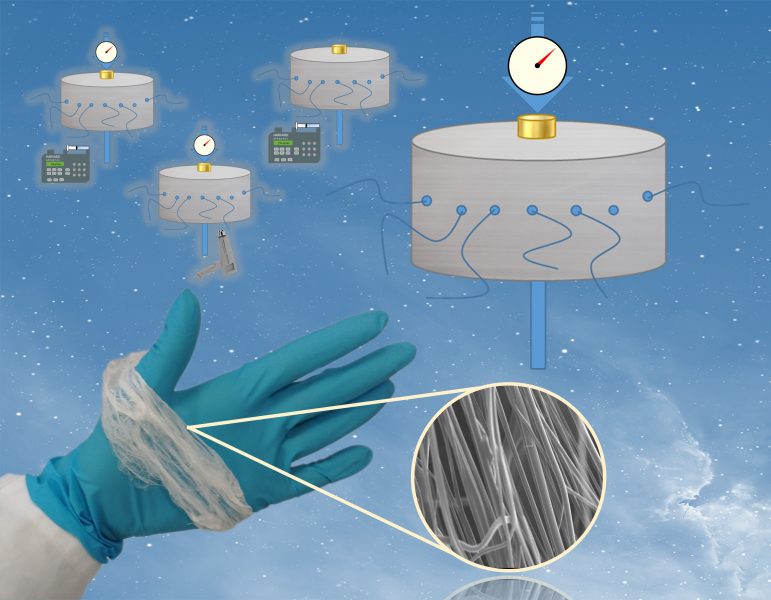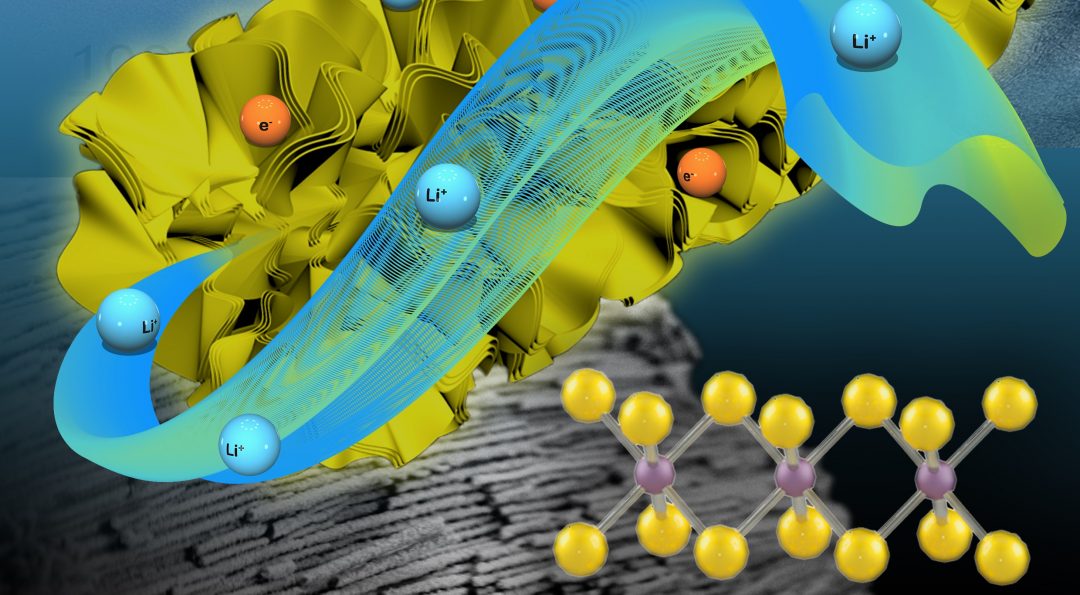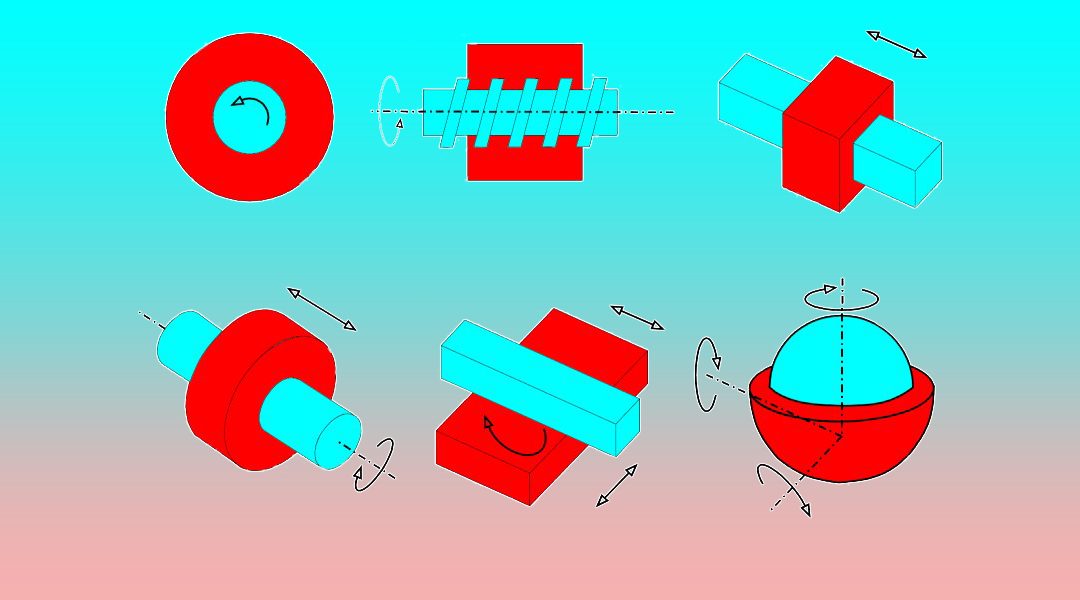Solid-state and calcium-ion technologies, new SEI concepts, and intercalation electrodes are at the top of the list for the latest advanced battery research.


Solid-state and calcium-ion technologies, new SEI concepts, and intercalation electrodes are at the top of the list for the latest advanced battery research.

Nanotwinned metals have been an important research object in the last 15 years because of their broad engineering application prospects.

Machine Learning (ML) is a well‐known paradigm that refers to the ability of systems to learn a specific task from the data and aims to develop computer algorithms that improve with experience.

Quantitative systems modeling aims to integrate knowledge in different research areas with models describing biological mechanisms and dynamics to gain a better understanding of complex clinical syndromes.

Pressurized gyration is a simple and scalable fiber forming method, find out more about its maturation 5 years after its conception.

Mohammad Soheilypour and Mohammad Mofrad discuss a technique termed ‘agent-based modeling’ that is used in systems biology.

A robust and efficient protocol involving microfabrication that enables the integration of an emerging class of materials into modern electronic devices.

A new porous nanotube structure is created from pure metallic molybdenum disulfide, which is useful for fundamental electrochemical studies as well as showing good performance as a lithium-ion battery anode.

In this review broad “joining” processes of dissimilar metallic materials by both experimental and modeling approaches are summarized.

This month’s Advanced Engineering Materials covers and top papers!